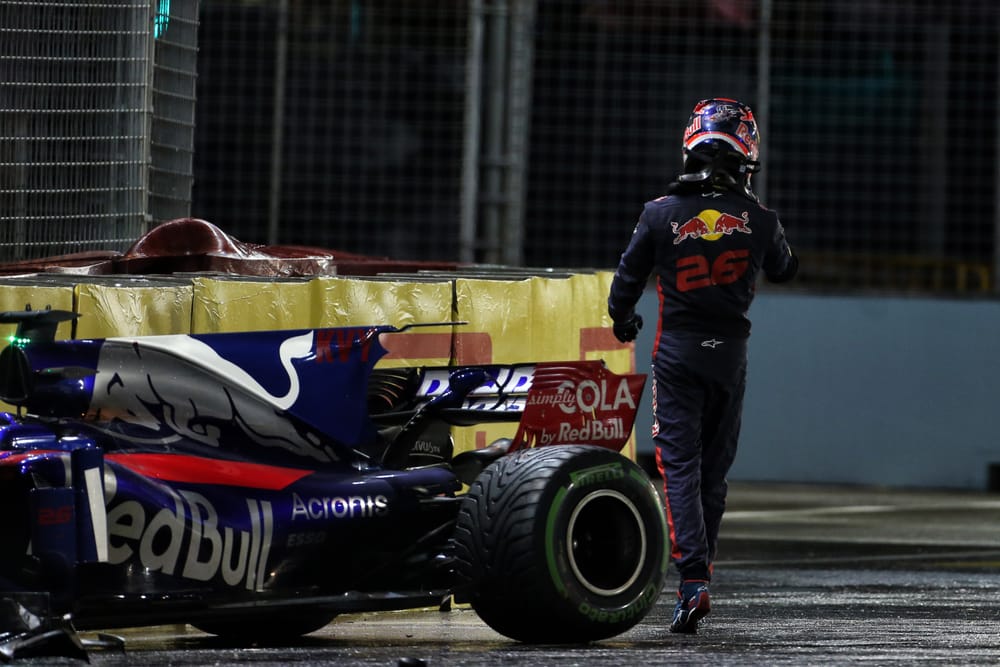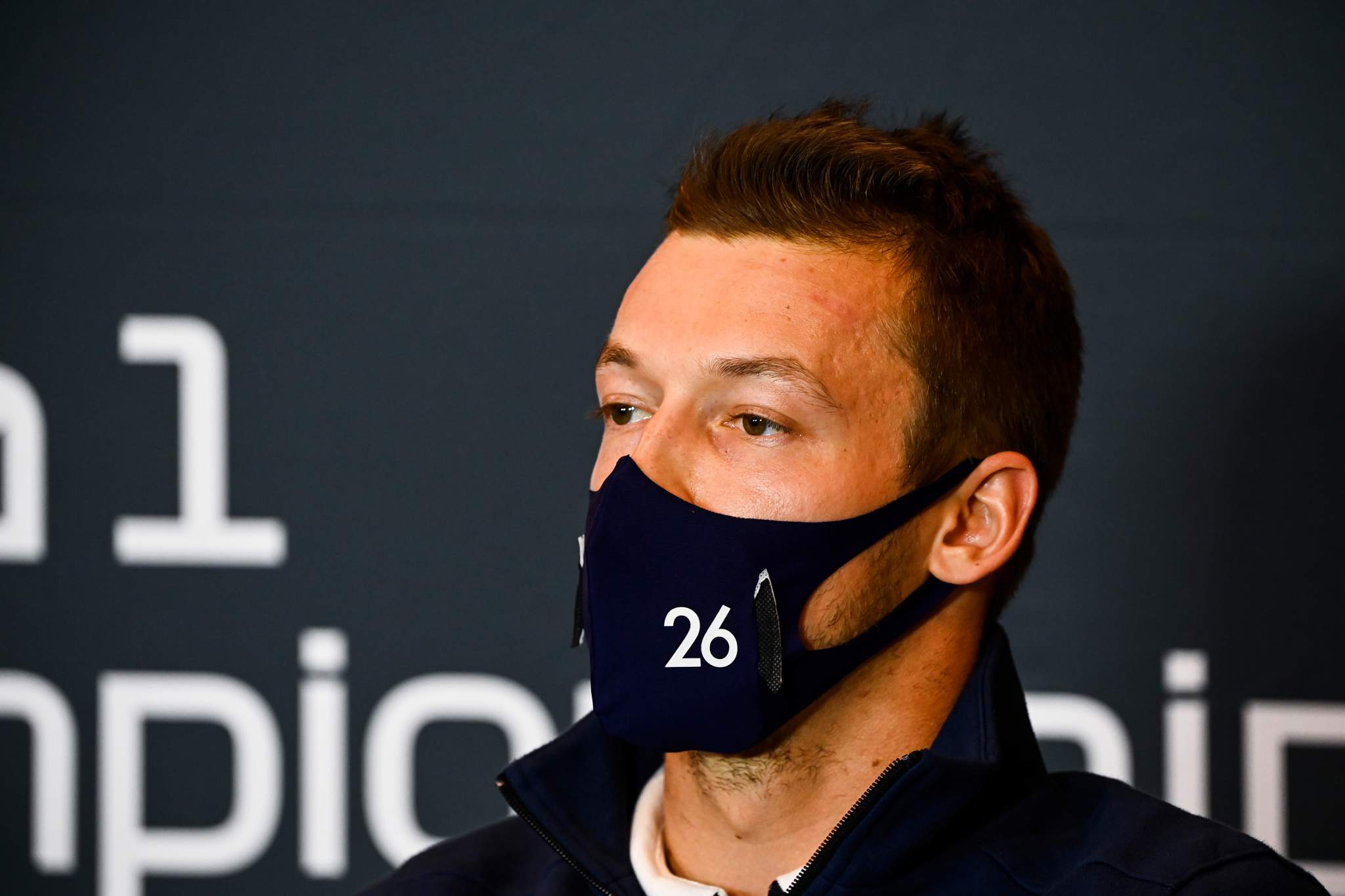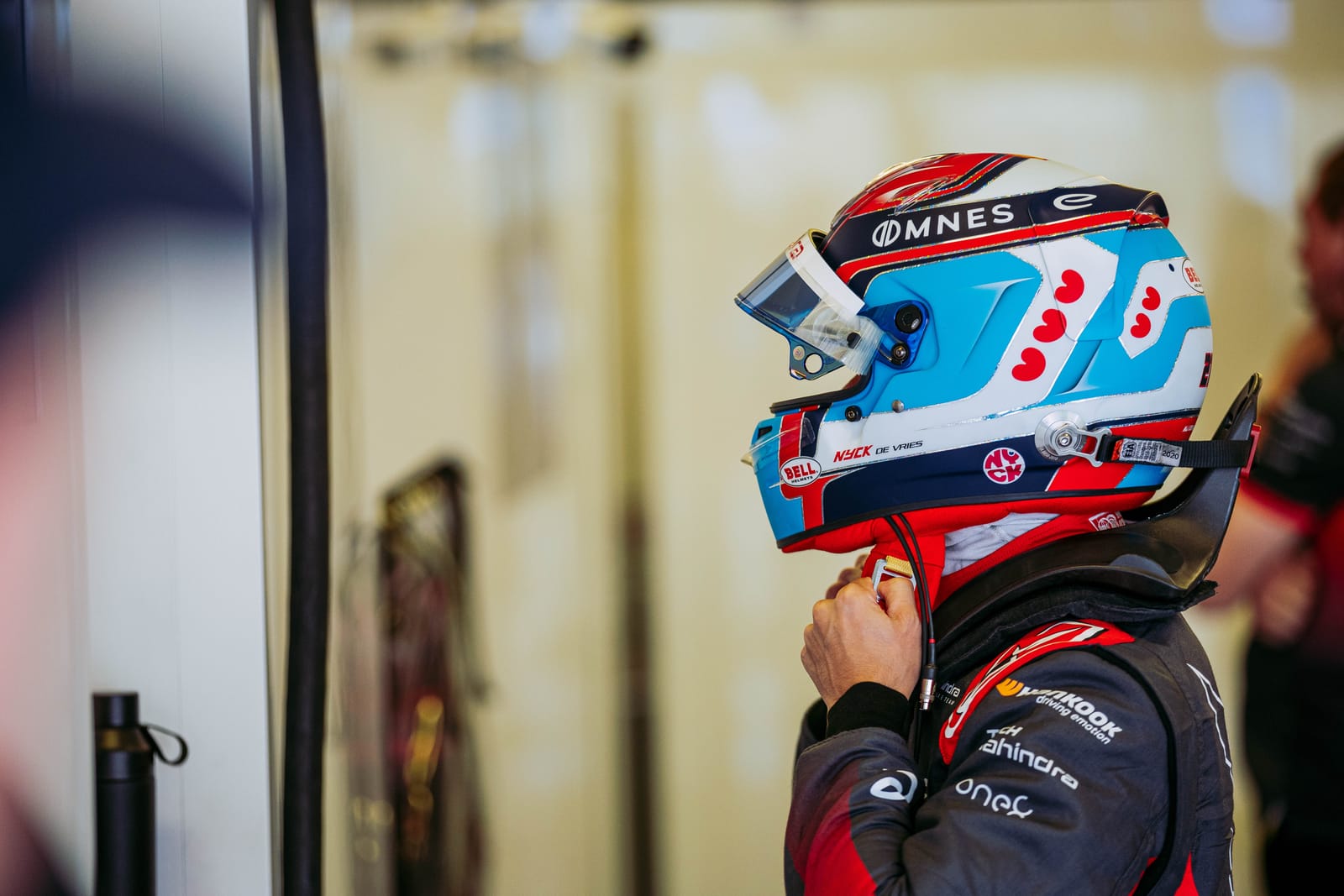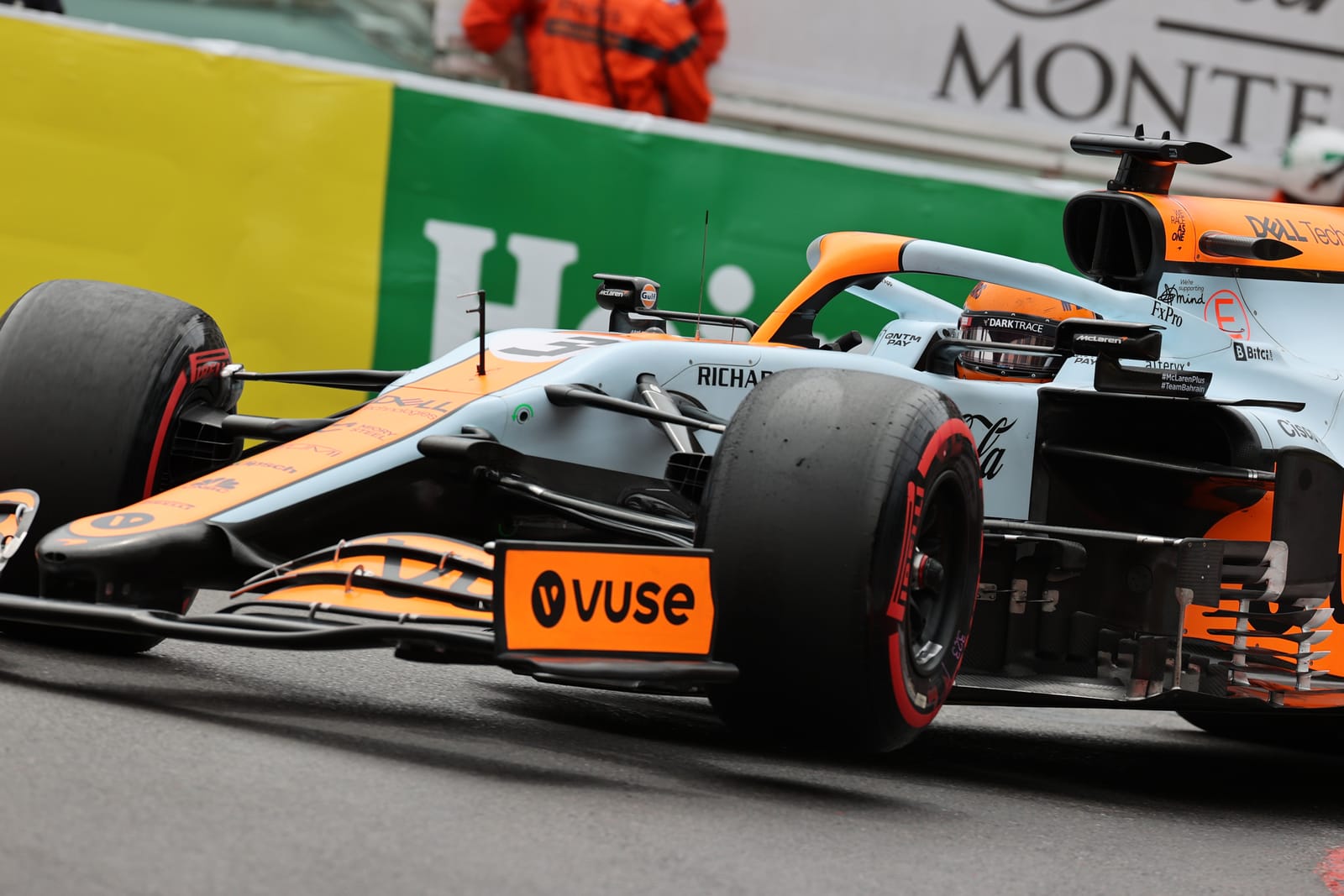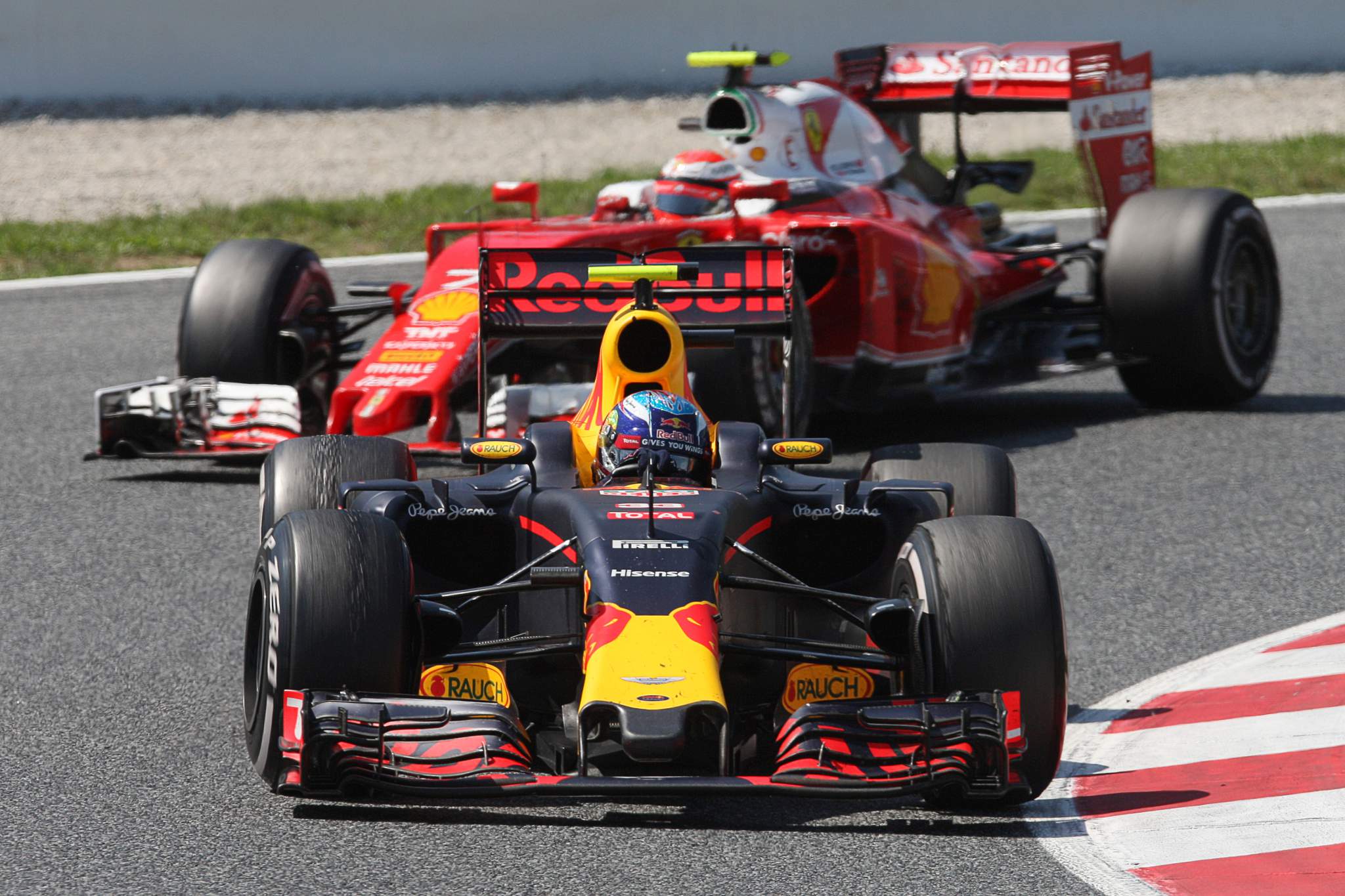Up Next

Daniel Ricciardo’s abrupt exit from the RB cockpit with a quarter of the 2024 Formula 1 season to go is the eighth - or perhaps ninth - time one of Red Bull’s F1 teams has ejected a driver from a race seat mid-season.
Some have been dumped from F1 altogether, a couple have been moved down the pecking order from Red Bull Racing to whatever its junior team was called that season.
Have the sackings and demotions all been justified? Could some of them have just waited to be quietly done in the winter instead, rather than that driver facing the humiliation of a mid-year departure?
Here’s our ranking of the decisions, from least to most brutal.
9 Tonio Liuzzi 2005
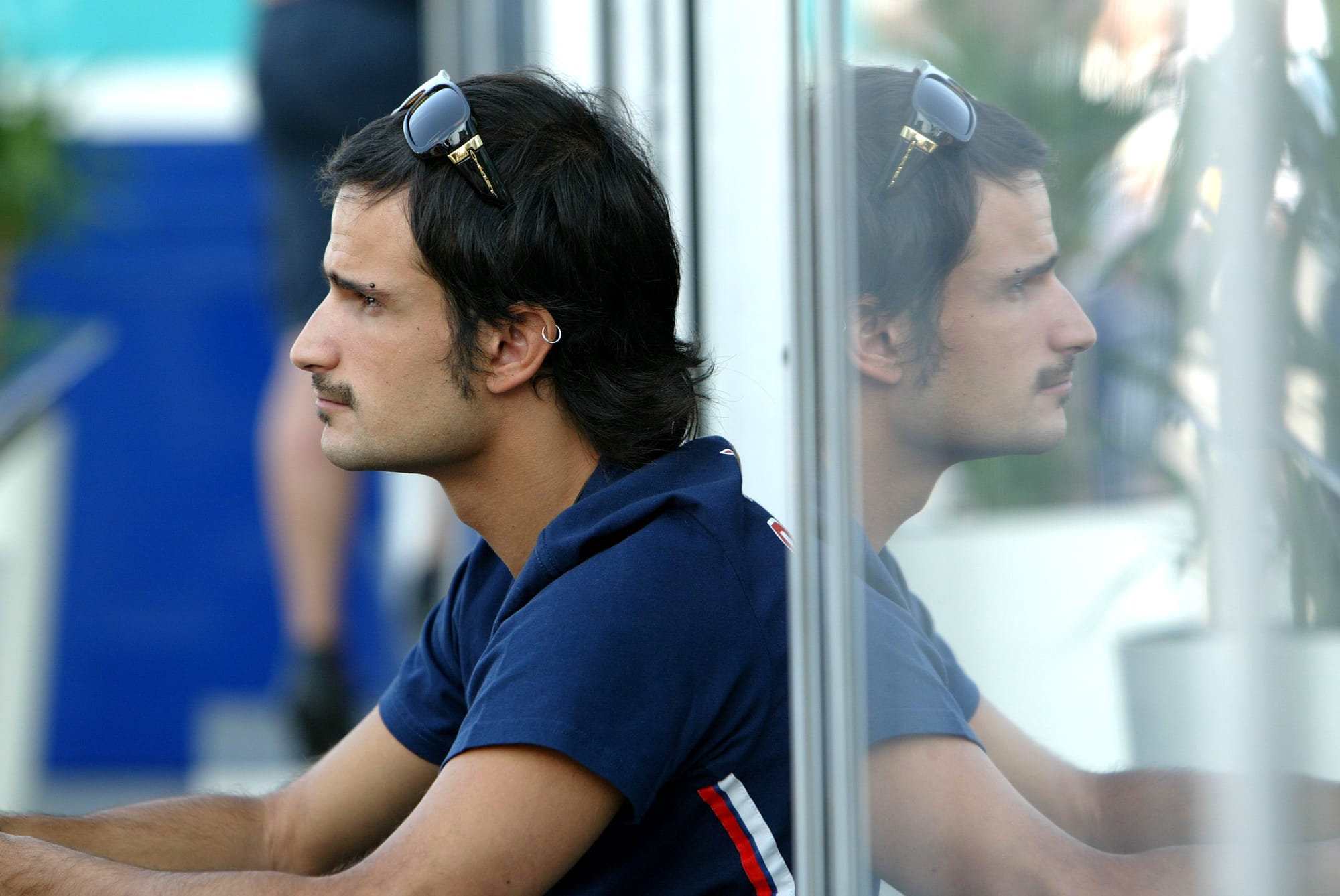
A kind of 'shadow dropping', in that rather than being overtly ousted, Tonio Liuzzi just didn’t reappear as planned after four early-season races in what had been planned as a season-long car share with Christian Klien in Red Bull’s debut year on the grid.
Red Bull had billed this as two future-superstar proteges proving themselves in a rotational head to head alongside experienced benchmark David Coulthard in the other car.
What followed was a preview of how messy Red Bull driver tactics could get.
Klien was openly disgruntled about having to hand the seat over after a respectable performance in the first three races, Helmet Marko caused an internal furore with the Coulthard camp by unilaterally declaring mid-season that Liuzzi and Klien would be the 2006 race driver line-up and when Liuzzi didn’t get any more races after his initial quartet he declared he’d been snubbed just because Klien was Austrian.
The official reason for Liuzzi never getting back on the grid that year was that Red Bull’s acquisition of Minardi to create Toro Rosso for 2006 meant there’d be space for both drivers the following year anyway so keeping Liuzzi in the Friday tester role eliminated the costly disruption of regular driver switches.
The fact the chopping and changing wasn’t doing the team any logistical or competitive favours and (the admittedly slightly more experienced) Klien had impressed more than Liuzzi during their brief head to head anyway made this sensible pragmatism.
8 Sebastien Bourdais 2009
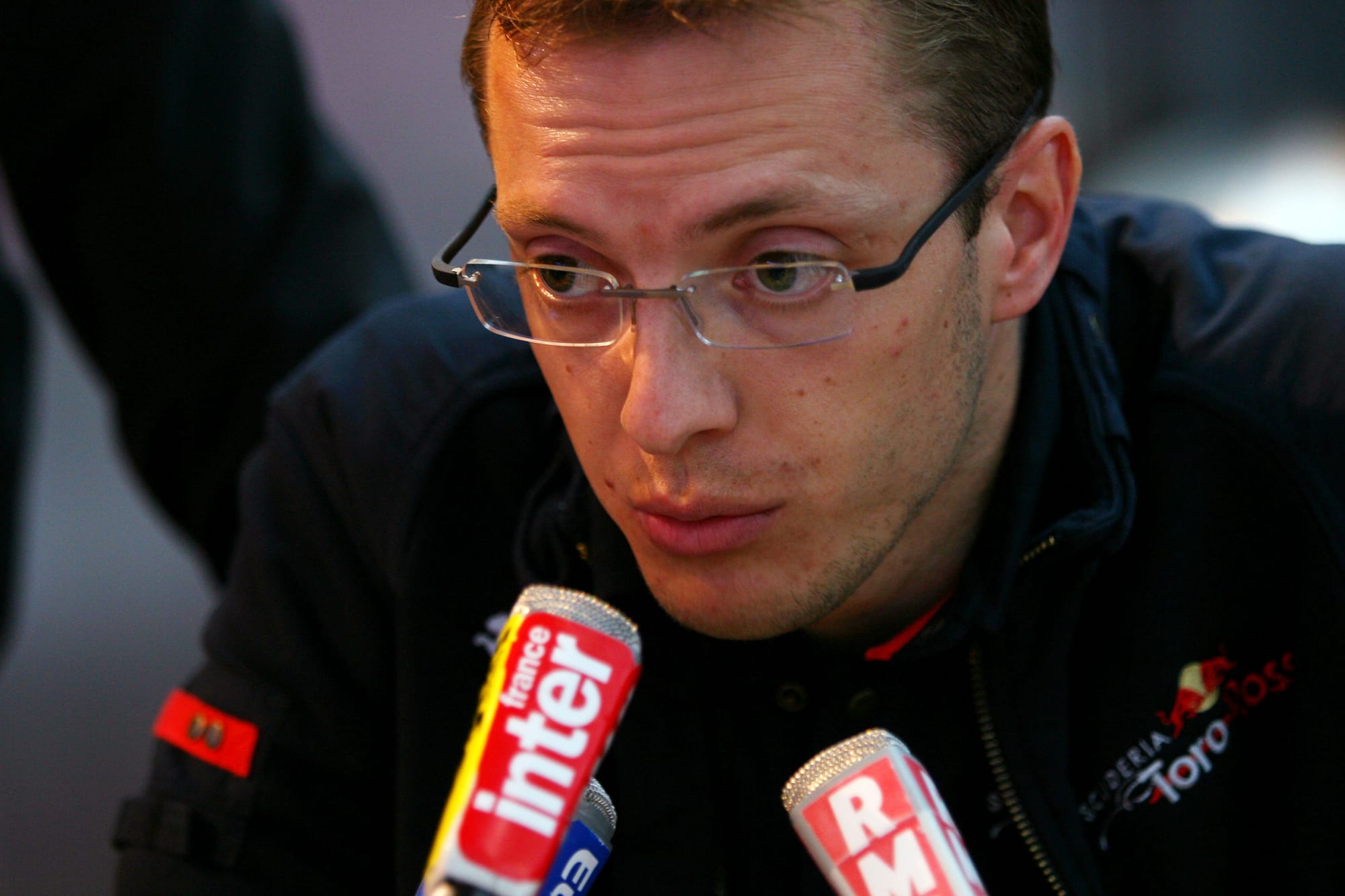
Being abruptly binned off from Toro Rosso halfway through 2009 to make way for a driver in Jaime Alguersuari who’d never driven an F1 car outside straightline tests looks on paper like a demeaning way for a four-time Champ Car champion and past Formula 3000 title winner’s F1 stint to end.
What makes it easier to shrug off is that Sebastien Bourdais - already 29 when he made his F1 debut - always seemed a rather anomalous fit in what was supposed to be Red Bull’s young driver development car, was outclassed by incumbent Sebastian Vettel in 2008 and then failed to assert himself over what should’ve been much easier opposition in Sebastien Buemi in early 2009.
While the decision was hard to argue with given he’d been given enough time to prove himself and had a decent payout when dropped, it was also a sad wrong time/wrong place scenario and career-damaging outcome for a driver who’d probably have settled well in F1 if he’d had a chance straight out of F3000 in 2003 and whose American single-seater career never recovered from the F1 interruption as the pecking order there reshaped itself in his absence when Champ Car and IRL IndyCar reunified.
7 Scott Speed 2007
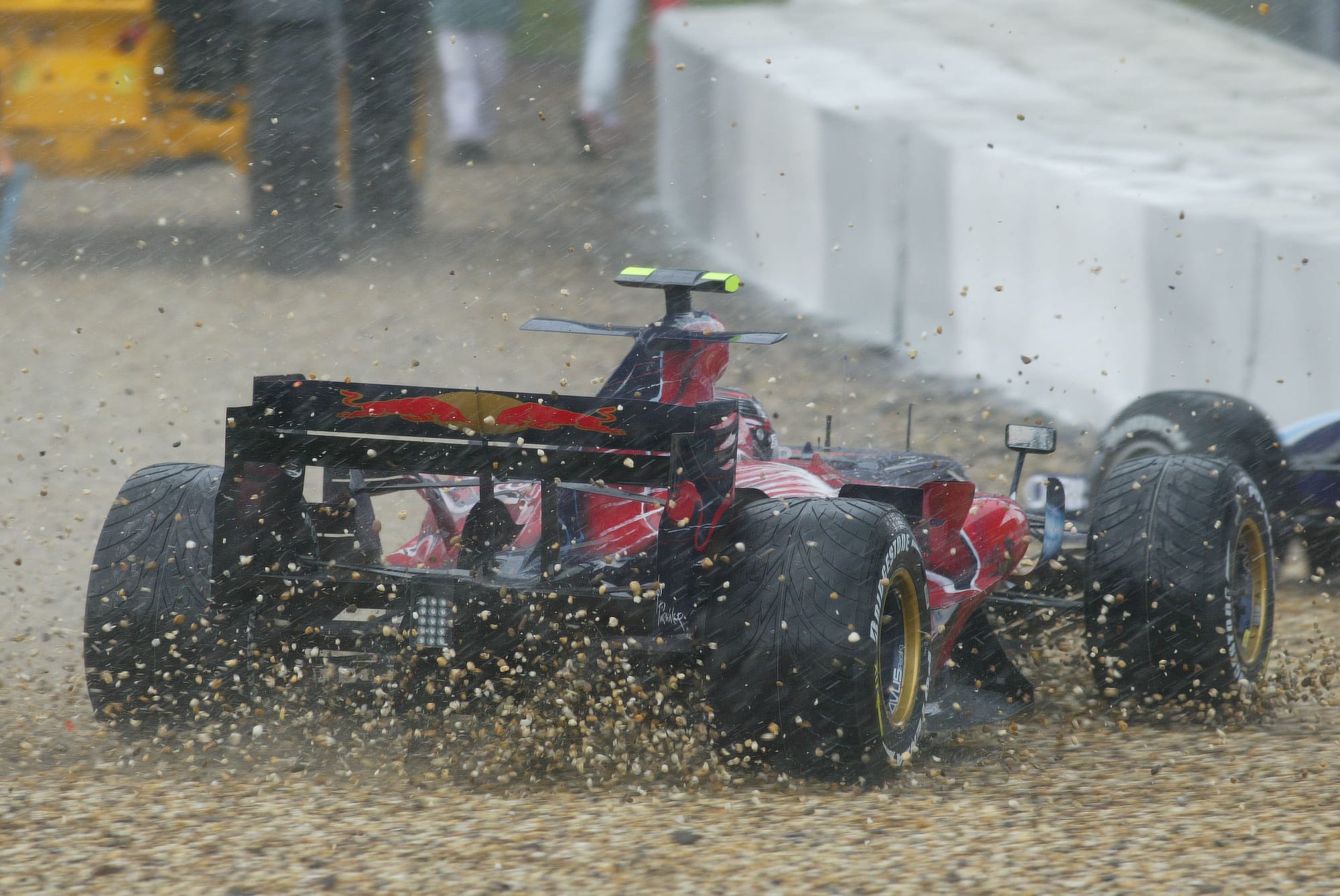
Remember when finding F1’s next American driver was a core goal of Red Bull’s junior programme?
That mission ended with Scott Speed being kicked out of Toro Rosso in summer 2007 to make way for Vettel - who immediately proved why the change was a good idea.
Speed had been given a season and a half, hadn’t outperformed Liuzzi (who Red Bull by then didn’t rate as a senior team option) and clashed with the team internally too. Even if his replacement hadn’t instantly looked like a superstar, replacing him would’ve felt worth the punt.
6 Christian Klien 2006
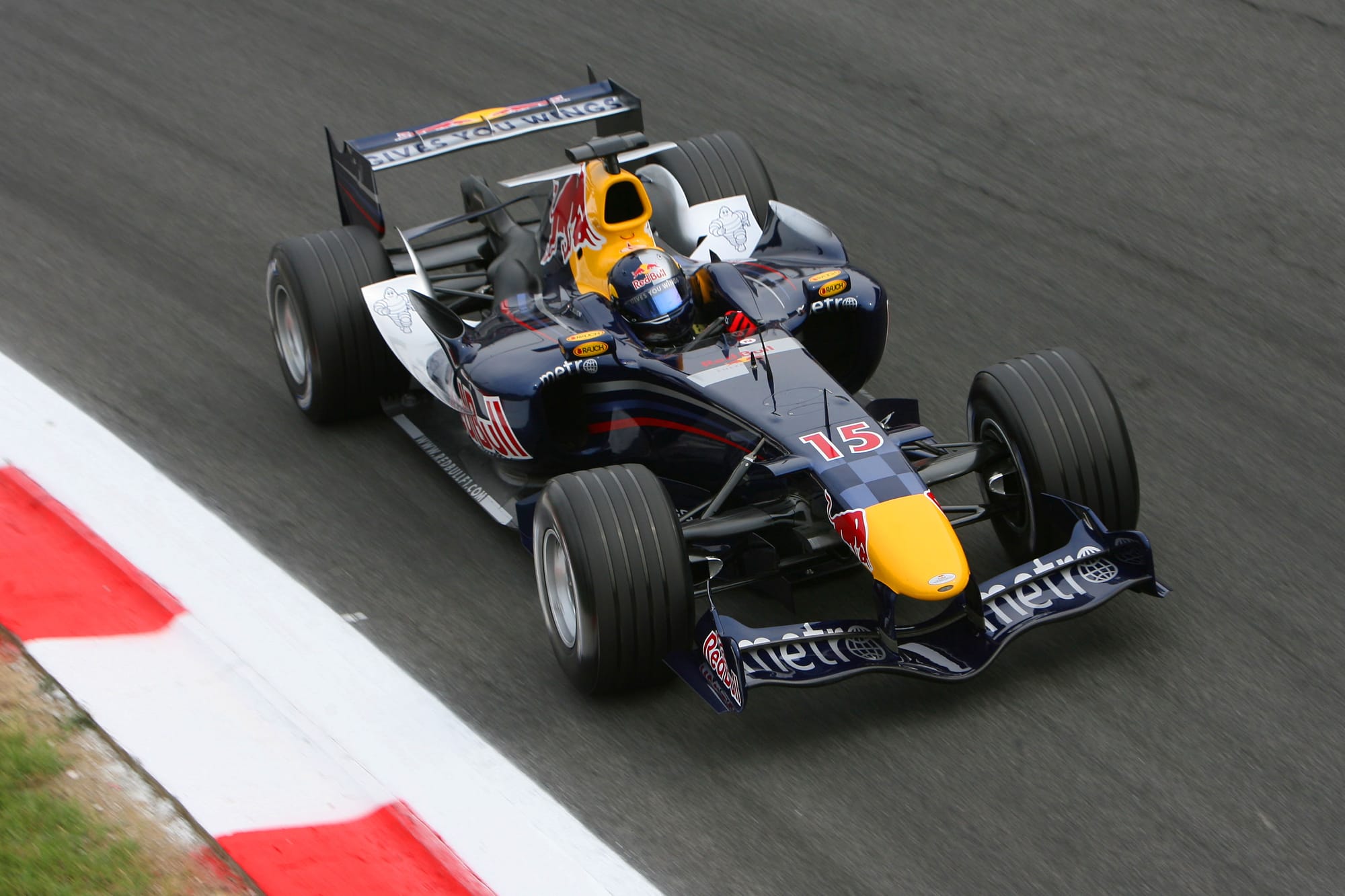
Though Klien made an admirable contribution to Red Bull’s first two F1 seasons, picking Mark Webber over him for 2007 was a logical decision given the team’s goals and what it knew by then of Klien’s ultimate potential.
But ditching him for Robert Doornbos for the final three races of 2006 after Klien turned down a Red Bull-backed Champ Car drive for 2007 seemed a bit needless.
Though Doornbos did a better job in that easily-forgotten Red Bull stint than history gives him credit for, it wasn’t a step up over Klien’s level and considering Klien didn’t appear on the F1 grid again until three races of trundling around in an HRT in 2010, Red Bull’s justification that it was letting him go to instantly chase other F1 opportunities doesn’t really stand up.
5 Daniil Kvyat 2017
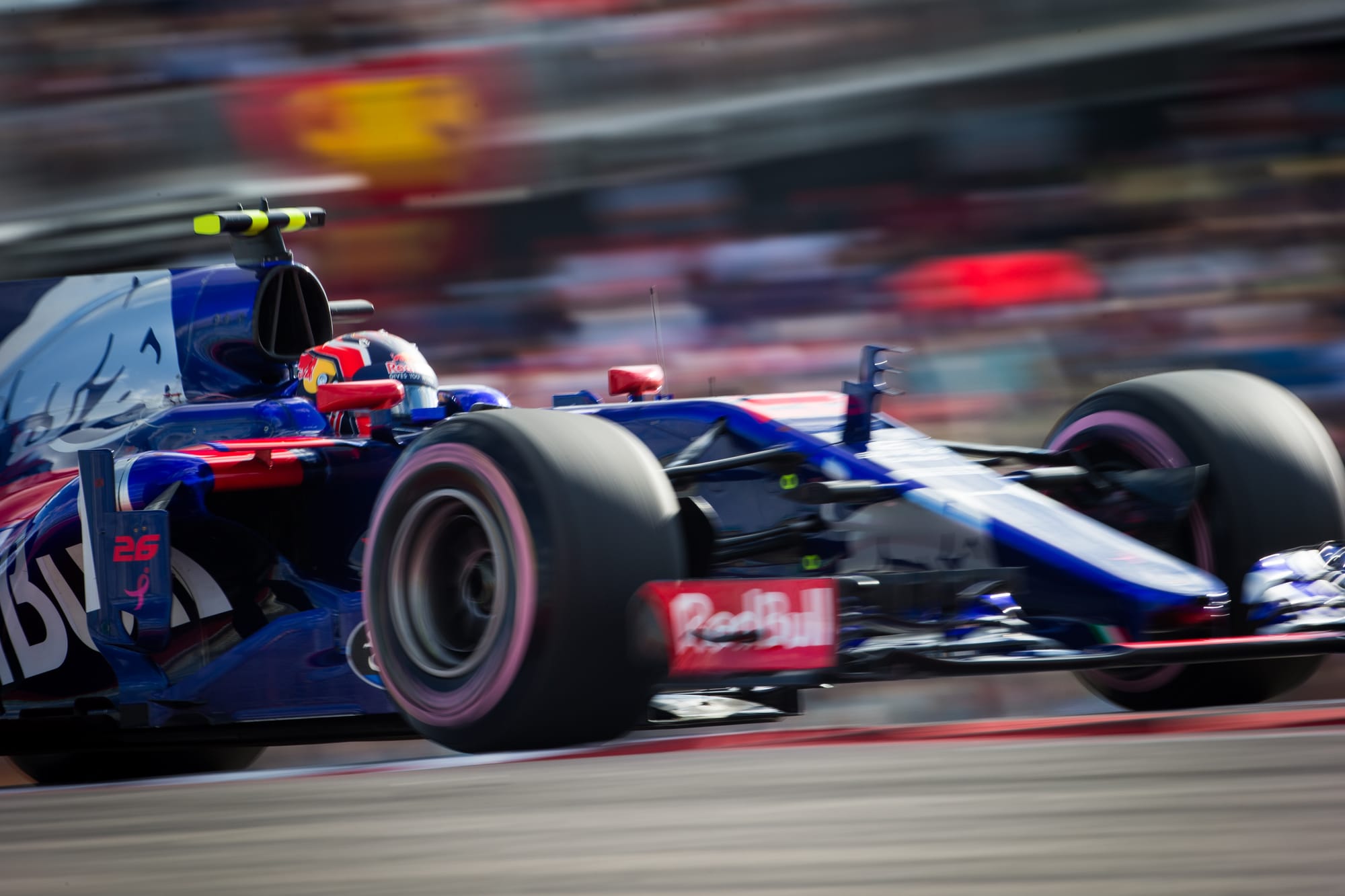
Whether Daniil Kvyat's post-Red Bull time at Toro Rosso was tainted and compromised by the confidence-shattering 2016 demotion (coming up later in this list) or just exposed his fundamental limitations as an F1 driver - well, only Kvyat himself and those who worked with him at that time will really know.
He sure seemed a world removed from the driver he had been earlier, though. The comparison between him and Carlos Sainz in the 31 races that followed the swap was a particularly unflattering one - too unflattering, even if Sainz's own post-Toro Rosso history proved he was, in fact, the calibre of driver to end others' careers.
Given Kvyat no longer made sense within Red Bull after his demotion, the firm actually gave him a longer leash than maybe would've been expected, likely as a reflection of Marko's genuine conviction that there remained more potential in Kvyat than in most Red Bull drivers.
After dropping him for the final races of 2017 (bar a US Grand Prix cameo return), Marko admitted in the off-season he believed Kvyat had more talent than either of the drivers making up Toro Rosso's new line-up, Pierre Gasly and Brendon Hartley. That talent though, just wasn't coming out, and Kvyat's indifferent return to Red Bull colours for 2019-20 only reaffirmed the logic in the original decision to move on.
4 Nyck de Vries 2023
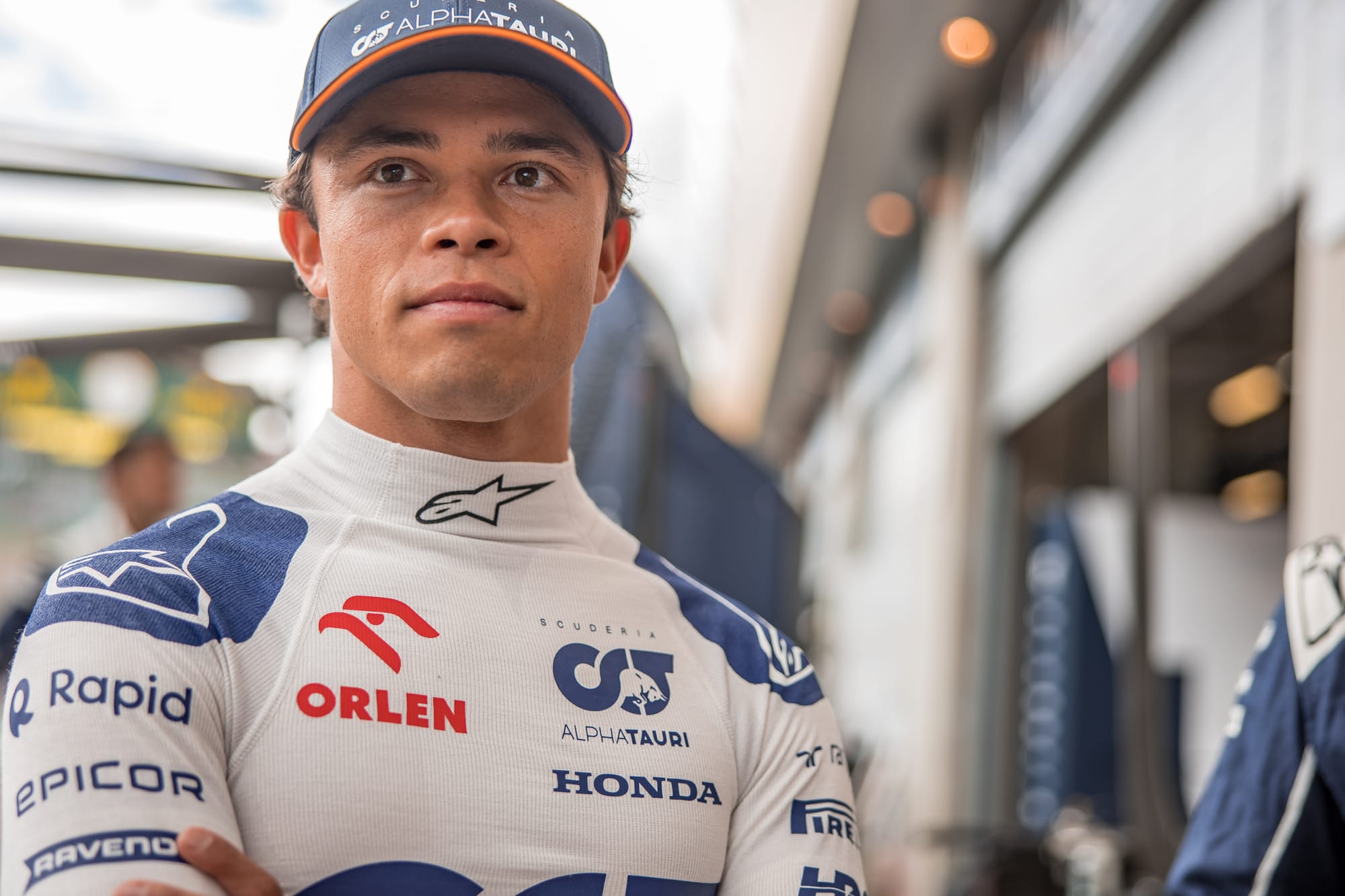
Nyck de Vries was in trouble the second it became clear his mission brief wasn't just to learn the ropes in F1 and get himself at the level to spearhead AlphaTauri, but instead to lead it right away over incumbent Yuki Tsunoda.
His age (28) and experience from other categories was intended to make up the gap in F1-specific experience to Tsunoda. But it never could, and Tsunoda's steady improvement relative to Gasly the season before meant he was never going to be an easy team-mate.
In the end, Tsunoda barely left De Vries a chance. The gap between them hovered at around three tenths of a second, which is often acceptable for a rookie but was never going to be acceptable for this rookie given Red Bull clearly expected a plug-and-play Gasly replacement.
And with how quickly De Vries was put under pressure and eventually discarded, it's clear Red Bull immediately lost interest in finding out whether he could ever get to the level it had hoped for him to be at.
3 Daniel Ricciardo 2024
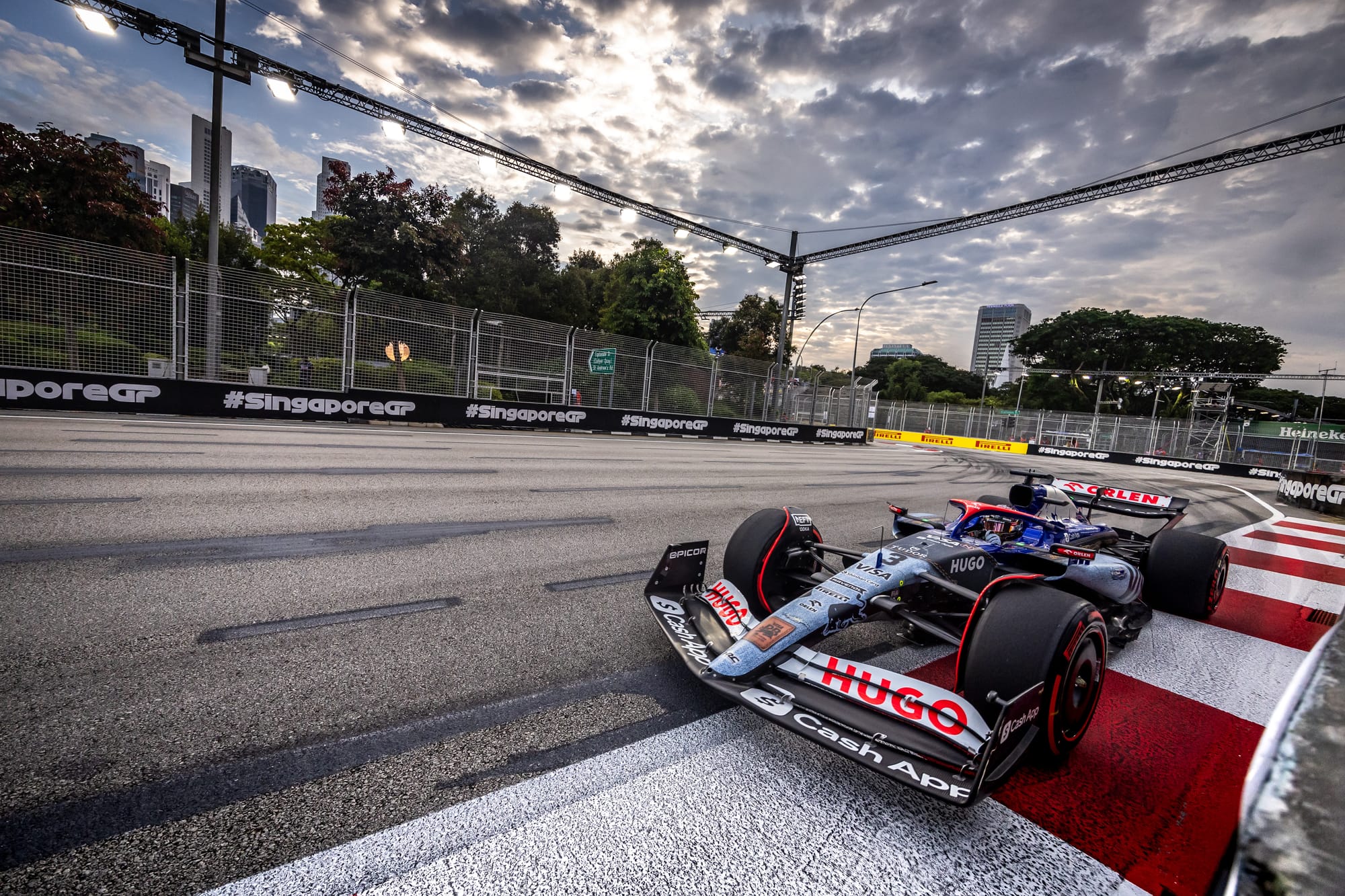
At most teams, a mid-season firing usually only transpires if the driver in question is hopelessly underdelivering relative to the potential of their car as evidenced by their team-mate.
That wasn't the case for Ricciardo in 2024, and normally what he was doing relative to Tsunoda at RB would've at least warranted seeing out the campaign, just to avoid the disruption and potential points loss of a mid-season switch.
Red Bull, though it has changed so much, operates a bit differently. Especially in its second-tier team, if it feels a driver's long-term viability has run out, it will cut ties now rather than wait for tomorrow.
Though there was the pressure of fitting in and further evaluating Liam Lawson, it seems clear that Ricciardo was let go immediately upon Red Bull's realisation that there was no tangible medium-term path. He was not cutting it as a potential Sergio Perez replacement, nor was he particularly effective as a steady points-scoring presence for RB.
Again, in most cases, that means you still at least see out the season. But Red Bull doesn't wait around.
2 Daniil Kvyat 2016
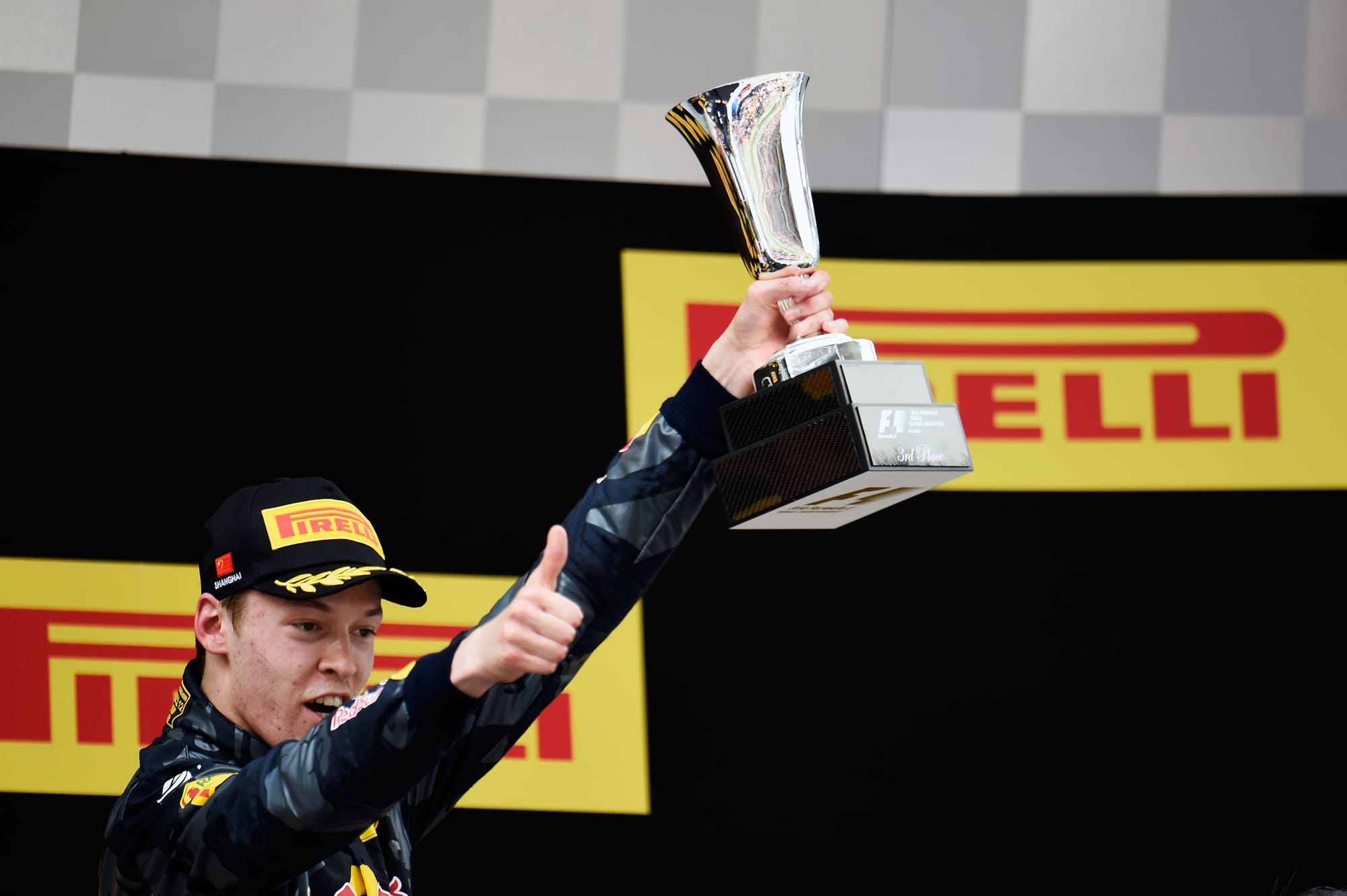
The driver who replaced Kvyat at Red Bull Racing four rounds into the 2016 season has given the team three drivers' titles and counting. Red Bull has thus been conclusively proven correct in its decision-making by hindsight - but even at the time there was a begrudging acceptance of its logic.
What makes it brutal, though, is that unlike so many of Red Bull's mid-year axings this one really had precious little to do with the dropped driver's actual performance.
Kvyat had had a ropey start to 2016, yes, and he had a particularly clumsy Russian Grand Prix - but he had built up enough goodwill the year before to where he would've been 'safe' in any other scenario.
But Max Verstappen's ludicrous upside made Kvyat expendable. Perhaps no more or less expendable than any other non-Verstappen driver in the Red Bull system, but unfortunately for him he was the one driver who stood in Verstappen's way in that particular moment.
1 Pierre Gasly 2019
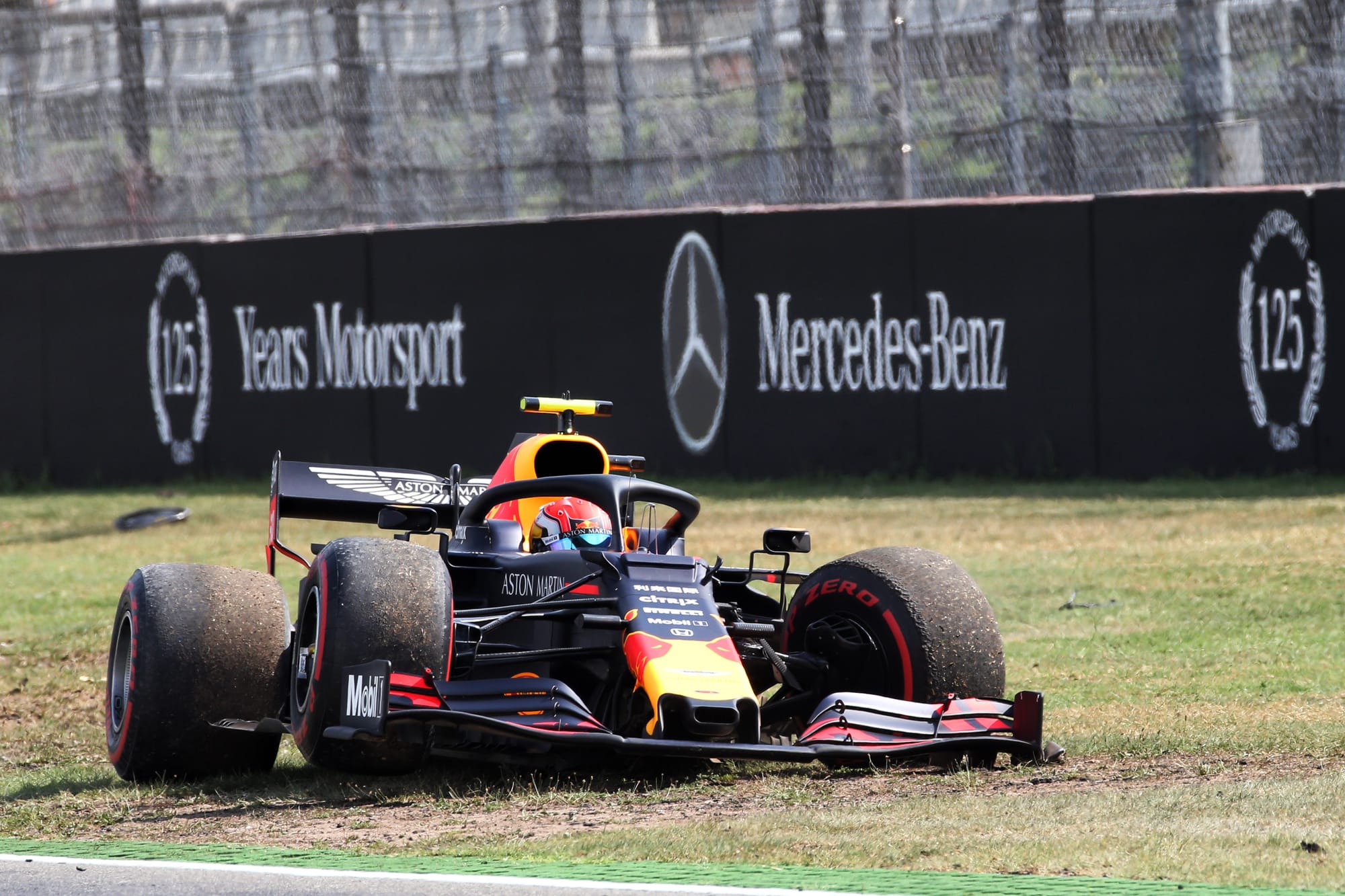
Gasly didn’t help himself when he got his unexpected Red Bull Racing promotion for 2019 as Ricciardo’s replacement.
He crashed twice in pre-season testing when he knew that Red Bull was short of parts. He also gained a reputation for being difficult in the team, requesting changes like seat adjustments to an excessive degree and wrongly prioritising certain set-up demands that would aid specific corners but do nothing for overall laptime. And he disagreed with Red Bull management – publicly at times – over where the problem areas were.
That would all have been forgiven if Gasly hadn’t been so uncompetitive. So, Red Bull’s mid-season switch had its justifications.
But having said all that…it just ticks every box for the quintessential ruthless/unfair Red Bull decision.
For starters, he had been promoted too soon. Red Bull had its doubts about Gasly – that’s why it took so long to give him an F1 seat in the first place! – but having unexpectedly lost Ricciardo it had no choice. That kind of situation merits patience but Red Bull is hardly famed for that.
It was also guilty of ignoring the circumstances. Gasly was probably there for Red Bull’s worst era, car-wise (something he shared with Alex Albon). The 2019 Red Bull, with slightly different front wing and bargeboard regulations that season, marked the first notable instances of its rear instability that Verstappen could handle but nobody else could. It sapped Gasly of confidence and made him look worse when there weren’t exactly stunning results on the table anyway.
To cap it off, Red Bull handled the messaging badly. It repeatedly ‘backed’ Gasly including right up to the final race before he was jettisoned and he was convinced he was safe.
Then, in the summer break, Red Bull changed its mind. To replace him with an F1 rookie – Albon, who had only made his debut that year – was the final insult.

